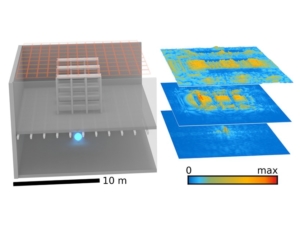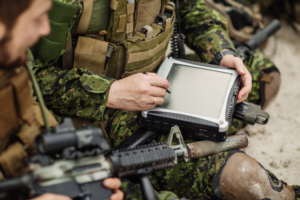Gaming Technology Replacing Army’s Simulators

Gaming Technology Replacing Army’s Stimulators
By Debbie Gregory.
The Synthetic Training Environment (STE) initiative is being hailed as the new and improved
way to train Army troops.
The technology relies on virtual reality to deliver state-of- the-art training that can simulate
different parts of the world and their unique terrains, as well as vehicle and arms training for all
Army component formations. A major goal of STE is overcoming the limitations of the previous
old-school simulator technologies.
To train the boots on the ground, who need to perform physical feats like running, climbing, and
diving for cover, augmented reality is a better option than virtual reality. The technology
superimposes a computer-generated image on a user's view of the real world and allows soldiers
to still see the physical environment around them, but with the option to add obstacles.
The program is being run by Maj. Gen. Maria Gervais.
“We are creating promising technology, demonstrating it whenever possible, and finding what
works and doesn’t on a timeline that is very aggressive,” Gervais said. “We’ve seen great
progress on extremely impressive training technology, and we are working hard to put in the
hands of our Soldiers.”
One of the main outcomes of STE is the creation of scalable training scenarios that can be run
across and shared with all echelons. The Army is emphasizing the use of common software
protocols to ensure that all participating soldiers will have a common experience in a given
exercise, Gervais said.
With 57 terrain formats, the new simulators will use a single common standard, called One
World Terrain. The goal is to help establish a next-generation government/industry terrain
dataset for modeling and simulation hardware and software for training and operational use.
Through One World Terrain, geospatial data will be rapidly created, accurate, updatable and of
sufficient resolution to be delivered to meet the training needs of the Army.




















